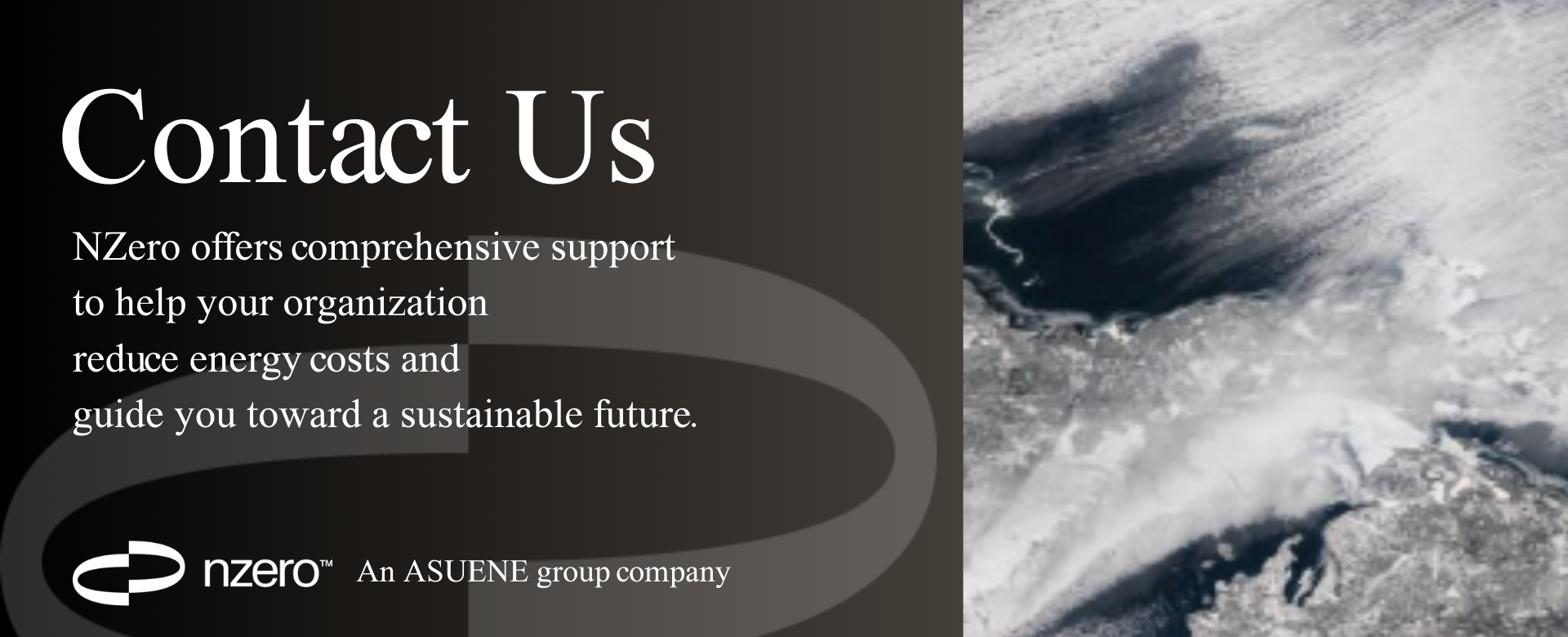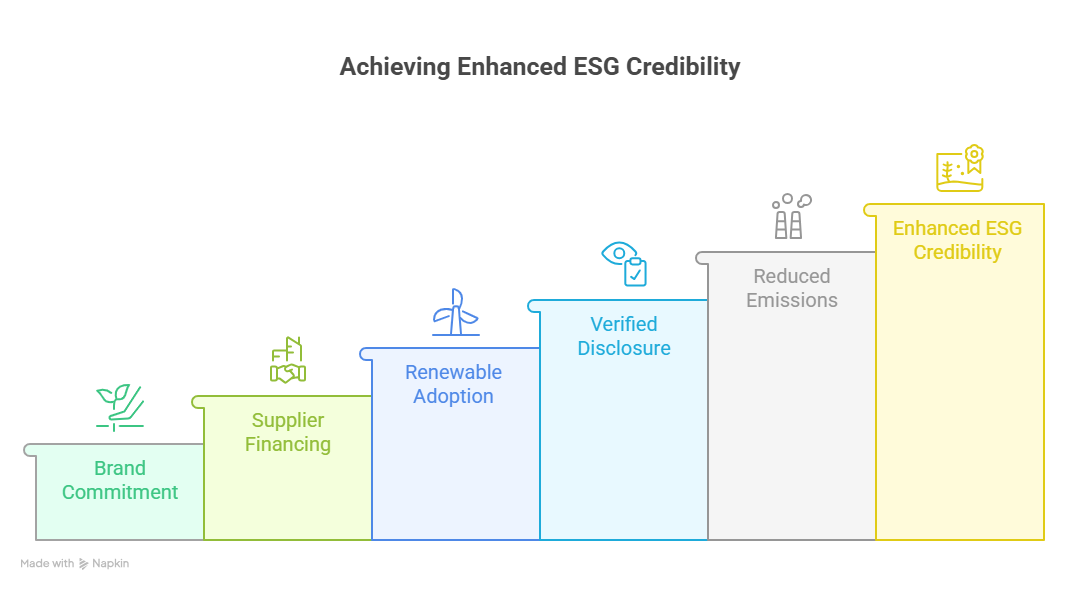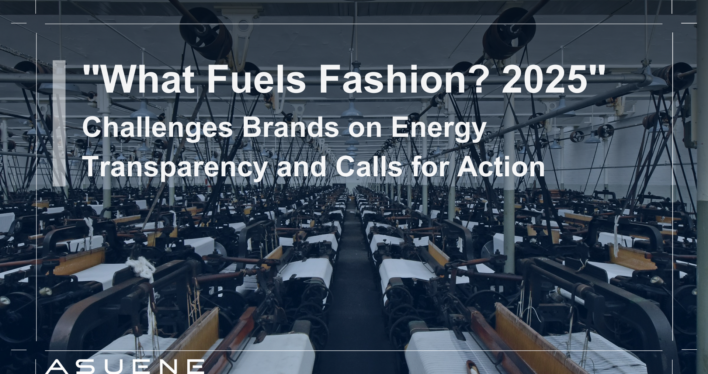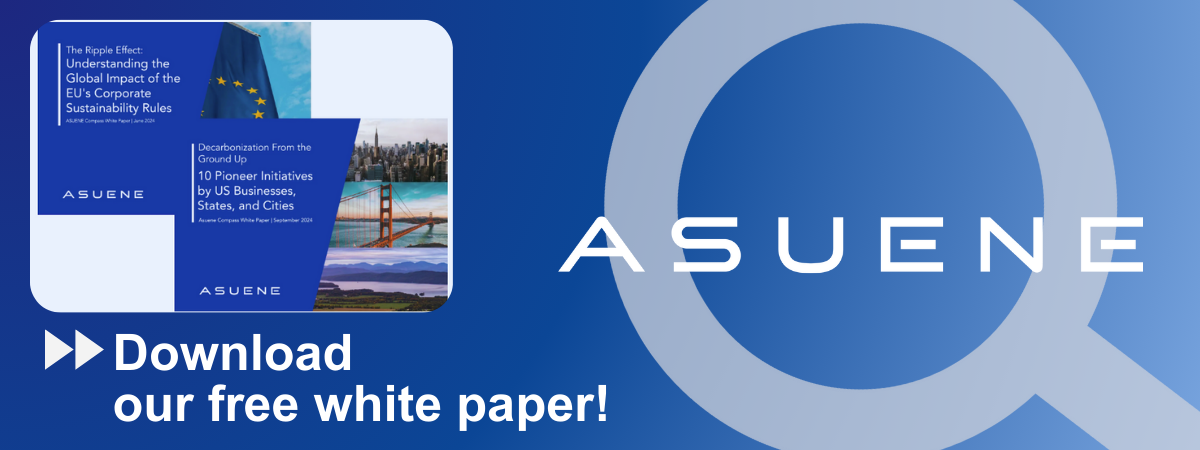- Article Summary
-
Introduction: Energy at the Heart of Fashion’s Climate Challenge
The fashion industry is one of the most energy-intensive sectors in the global economy, responsible for significant greenhouse gas emissions across its supply chains. According to Fashion Revolution’s What Fuels Fashion? 2025 report, published by the same organization that produces the annual Fashion Transparency Index, the industry’s dependence on fossil fuels remains entrenched, while disclosure on energy sourcing and usage is remarkably low. On average, fashion brands scored just 14% on transparency, with less than 10% publishing renewable energy targets for their supply chains. This lack of progress highlights a stark reality: energy, from electricity to process heat, is the single most critical lever for fashion’s decarbonization. The sector’s credibility on climate action now hinges on how quickly it transitions to clean energy.
The Current Transparency Gap
Despite mounting regulatory and investor pressure, most fashion brands remain opaque about their energy use. Only 10% disclose renewable electricity goals for their supply chains, and a mere 6% publish broader renewable energy commitments. Even fewer, under 25%, disclose coal phase-out targets for energy-intensive processes like fabric dyeing and finishing. Alarmingly, no brands include purchased steam in their phase-out plans, leaving a loophole that masks continued reliance on fossil fuels.
This gap between commitments and disclosure undermines confidence in fashion’s net-zero pledges. Without credible energy data, stakeholders cannot distinguish between genuine progress and greenwashing. Investors, policymakers, and consumers are increasingly demanding transparency, yet the What Fuels Fashion? 2025 report shows that most brands have far to go.
| Category | % of Brands Disclosing |
|---|---|
| Renewable electricity goals | 10% |
| Broader renewable energy targets | 6% |
| Coal phase-out plans | <25% |
| Inclusion of purchased steam | 0% |
Barriers to Clean Energy in Fashion Supply Chains
The report underscores why progress has been slow. Transitioning to clean energy is complex, especially for suppliers in emerging markets where much of fashion’s production is located.
- Financial Barriers: Suppliers often lack the capital to install solar, wind, or electric heating systems. Without brand-backed financing, the upfront costs are prohibitive.
- Infrastructure Gaps: Many production hubs face unreliable grid connections and limited renewable capacity, making a clean energy transition challenging.
- Technology Access: Advanced solutions like electric boilers and industrial heat pumps are not widely available or cost-effective in all regions.
- Supplier Risk: Brands frequently offload responsibility, leaving suppliers to bear transition costs. This creates systemic inequity and slows collective action.
| Barrier | Impact on Suppliers |
| Financial | High upfront costs block clean energy investments |
| Infrastructure | Limited renewable access constrains adoption |
| Technology | Lack of advanced equipment delays electrification |
| Supplier Risk | Unequal cost burden undermines long-term sustainability |

Pathways for Brands to Lead
Despite these challenges, the report points to solutions that can accelerate clean energy adoption if brands are willing to lead. A handful of companies are beginning to disclose renewable energy targets and invest in supplier capacity. H&M, for example, topped the 2025 ranking for transparency, setting a precedent for others.
To scale progress, brands must:
- Provide direct financing and co-investment to suppliers for clean energy infrastructure.
- Establish long-term purchasing agreements that guarantee renewable electricity supply.
- Partner with governments, NGOs, and financiers to improve energy infrastructure in key regions.
- Ensure transparent and verified reporting, allowing stakeholders to track real progress.

Case studies also show that where brands invest, results follow. Pilots in Bangladesh and Vietnam demonstrate that solar rooftop systems and energy-efficient machinery can significantly cut both emissions and operating costs. Brands that share this risk with suppliers not only accelerate decarbonization but also enhance resilience across their value chains.
Conclusion: Energy as the Test of Fashion’s Climate Credibility
Energy is the decisive factor for fashion’s climate future. The What Fuels Fashion? 2025 report makes clear that disclosure remains minimal and action even scarcer. Without urgent investment in renewable electricity, clean heat, and supplier support, the industry risks missing its decarbonization targets and undermining its credibility with regulators, investors, and consumers.
For fashion brands, the path forward is clear: embrace full transparency, finance supplier transitions, and act on renewable energy adoption at scale. Those who lead will set the pace for the sector, gaining competitive advantage and securing trust. Those who lag risk reputational damage and regulatory penalties. In this decisive moment, clean energy is not just a climate imperative, it is fashion’s make-or-break test.
Why Work with ASUENE Inc.?
ASUENE is a key player in carbon accounting, offering a comprehensive platform that measures, reduces, and reports emissions. The company serves over 10,000 clients worldwide with an all-in-one solution that integrates GHG accounting, ESG supply chain management, a Carbon Credit exchange platform, and third-party verification.
Through its energy management system NZero, ASUENE provides SMEs with the practical tools to make the most of EU funding for energy efficiency. NZero combines advanced technology, consulting services, and an extensive partner network to help companies achieve their net-zero goals. By choosing ASUENE, SMEs gain not only access to reliable carbon accounting but also a powerful EMS platform designed to unlock energy savings and long-term sustainability success.


